The Sunderbans offer a unique ecosystem and a rich wildlife habitat. As per the 2011 tiger census, the Sunderbans had around 270 tigers. Frequent tiger attacks take place in the Sunderbans. Other than the star highlight of the Sunderbans, the endangered Royal Bengal Tiger, there is more wildlife found. Surrounded by mangroves, the Sunderbans offer habitat to a variety of species like crabs, small fishes, crabs, shrimps and more. Other than these, one can spot fauna like wild boars, fishing cats, macaques, common grey mongooses, foxes, jungle cats, flying foxes, pangolins, and spotted deer at the Sunderbans.
After a study in the year 1991, it was discovered that the Bangladeshi part of the Sunderbans supports diverse biological resources that includes 150 species of commercially important fishes, 270 species of birds, 42 species of mammals, 35 reptiles and 8 amphibian species. This further represents that there is a significant proportion of the species in Bangladesh (around 30% of the reptiles, 37% the birds and 34% of the mammals). Sunderbans thus, houses a number of species that are now extinct elsewhere.
The Sunderbans is an important wintering area which attracts migrant water birds. The area of the Sunderbans is very suitable for watching and studying avifauna.
Predators

The Sunderbans is the only place where the largest predator of the Indo- Pacific region is found, the Bengal Tiger. There are around 500 Bengal Tigers and 30,000 spotted dears in the area.
Two species of crocodiles, the saltwater crocodile (Crocodylus porosus) and mugger crocodile (Crocodylus palustris) are also predators. Other predators include gharial (Gavialis gangeticus) and the water monitor lizards (Varanus salvator), which hunt on both land and water.
Avifauna

There are many more famous birds found in the Sunderban region including Caspian terns, open billed storks, black-headed ibis, water hens, coots, pheasant-tailed jacanas, jungle babblers, pariah kites, brahminy kites, marsh harriers, swamp partridges, red junglefowls, spotted doves, common mynahs, whimbrels, jungle crows, cotton teals, herring gulls, gray herons, brahminy ducks, spot-billed pelicans, great egrets, night herons, common snipes, paradise flycatchers, wood sandpipers, green pigeons, rose-ringed parakeets, cormorants, white-bellied sea eagles, seagulls, common kingfishers, curlews, peregrine falcons, woodpeckers, black-tailed godwits, little stints, eastern knots, golden plovers, pintails, white-eyed pochards and lesser whistling ducks.
Aqua fauna

Reptiles

Sundarbans Tour Packages
List Of Popular Wildlife Sanctuaries In West India
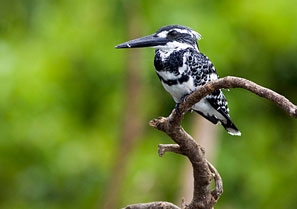 Yawal Sanctuary
Yawal Sanctuary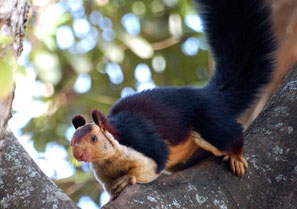 Bhimashankar Wildlife Sanctuary
Bhimashankar Wildlife Sanctuary Koyna Wildlife Sanctuary
Koyna Wildlife Sanctuary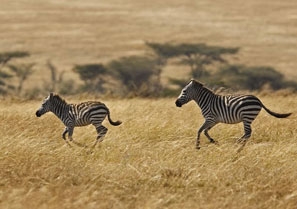 Bor Wildlife Sanctuary
Bor Wildlife Sanctuary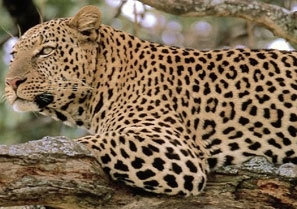 Bhamragarh Wildlife Sanctuary
Bhamragarh Wildlife Sanctuary Barda Wildlife Sanctuary
Barda Wildlife Sanctuary Bhagwan Mahavir Sanctuary
Bhagwan Mahavir Sanctuary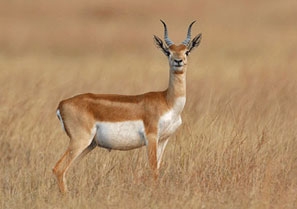 Kutch Desert Wildlife Sanctuary
Kutch Desert Wildlife Sanctuary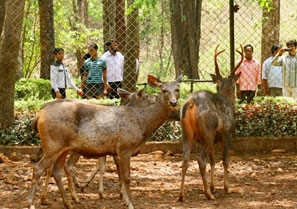 Bondla Wildlife Sanctuary
Bondla Wildlife Sanctuary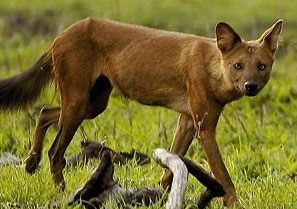 Chaprala Wildlife Sanctuary
Chaprala Wildlife Sanctuary Chikhaladara Wildlife Sanctuary
Chikhaladara Wildlife Sanctuary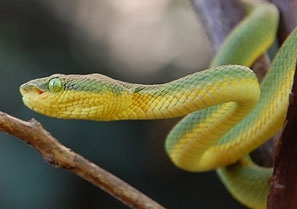 Cotigao Wildlife Sanctuary
Cotigao Wildlife Sanctuary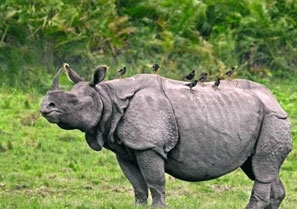 Dajipur Bison Sanctuary
Dajipur Bison Sanctuary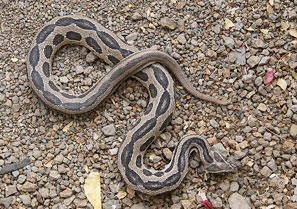 Hingolgadh Nature Education Sanctuary
Hingolgadh Nature Education Sanctuary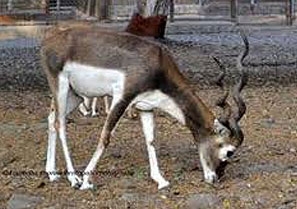 Jijamata Udayan Zoo
Jijamata Udayan Zoo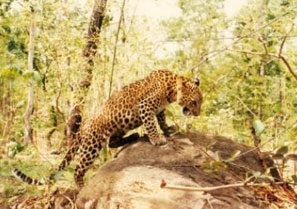 Kalasubai Harishchandragad Wildlife Sanctuary
Kalasubai Harishchandragad Wildlife Sanctuary Katepurna Sanctuary
Katepurna Sanctuary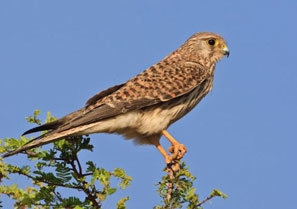 Kutch Bustard Sanctuary
Kutch Bustard Sanctuary Malvan Marine Sanctuary
Malvan Marine Sanctuary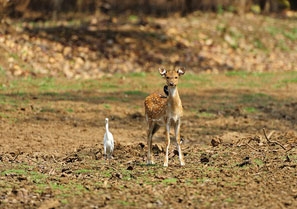 Nagzira Wildlife Sanctuary
Nagzira Wildlife Sanctuary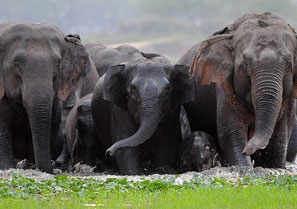 Anerdam Wildlife Sanctuary
Anerdam Wildlife Sanctuary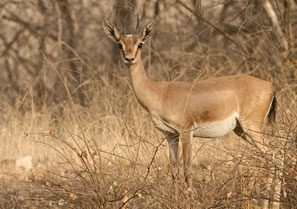 Narayan Sarovar Chinkara
Narayan Sarovar Chinkara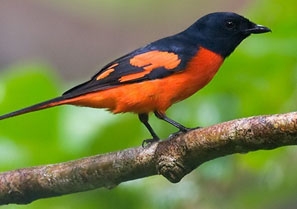 Nayagaon Mayur Sanctuary
Nayagaon Mayur Sanctuary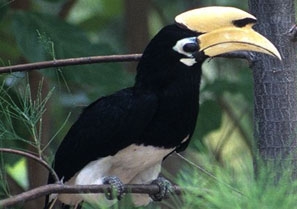 Phansad Wildlife Sanctuary
Phansad Wildlife Sanctuary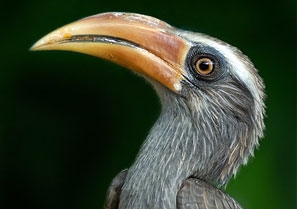 Radhanagri Wildlife Sanctuary
Radhanagri Wildlife Sanctuary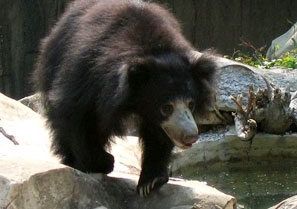 Ratanmahal and Jessore Sloth Bear
Ratanmahal and Jessore Sloth Bear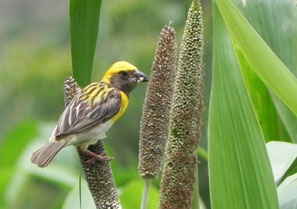 Sagareshwar Sanctuary
Sagareshwar Sanctuary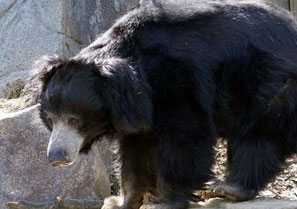 Shoolpaneshwar Wildlife
Shoolpaneshwar Wildlife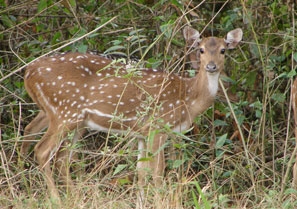 Tansa Wildlife Sanctuary
Tansa Wildlife Sanctuary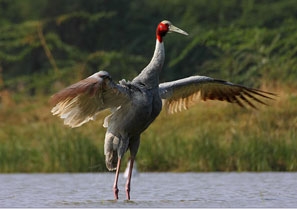 Thol Wildlife Sanctuary
Thol Wildlife Sanctuary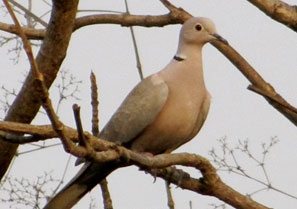 Tipeshwar Sanctuary
Tipeshwar Sanctuary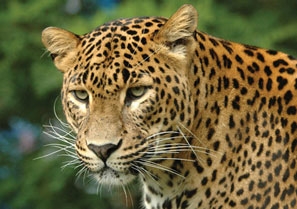 Wan Wildlife Sanctuary
Wan Wildlife Sanctuary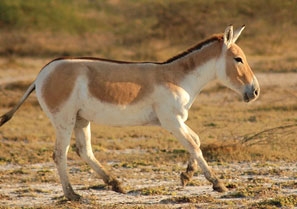 Wild Ass Sanctuary
Wild Ass Sanctuary






